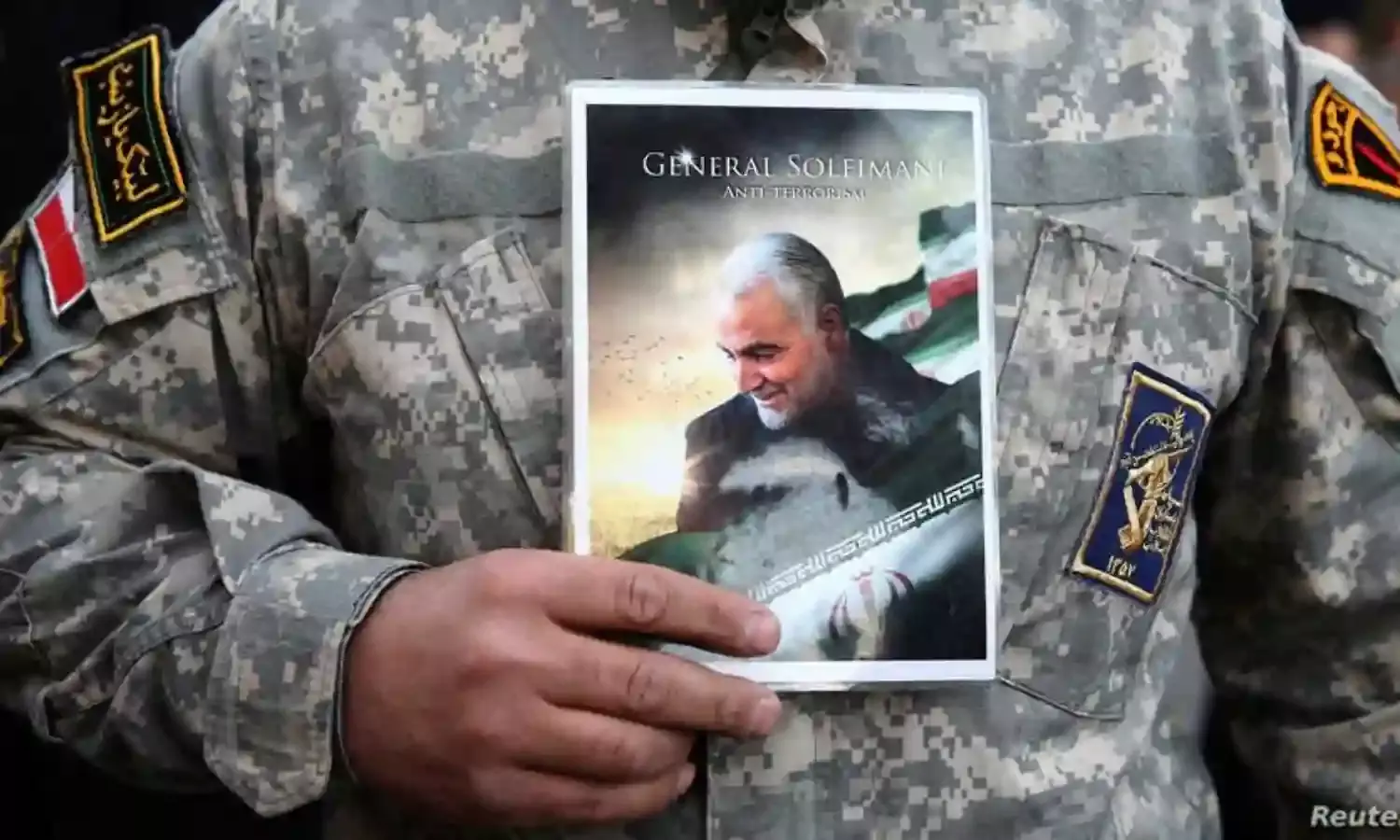Foreign Troops on Indian Soil as US Threatens War Against Iran?
War will destabilise home and region

Starting 2002, USA has been negotiating foundational military cooperation Agreements with India. They are GSOMIA (General Security of Military Information Agreement) signed in 2012; LSA (Logistic Support Agreement), signed in 2016 as LEMOA (Logistics Exchange Memorandum of Agreement); CISMOA (Communication Interoperability and Security Memorandum of Agreement), signed in 2018 as COMCASA (Communications Compatibility & Security Agreement); and BECA (Basic Exchange and Cooperation Agreement for Geo-spatial Cooperation), yet to be signed.
These agreements make India a committed though subordinate ally of USA. It is necessary to mention that these Agreements have been negotiated with all governments in India from 2002 to date.
While these Agreements may provide minimal regional military operational advantage to India’s Armed Forces, they basically ensure that the military transporters of USA and allied countries can use Indian military bases for refuelling, repair & refit, and jointness of US-Indian military forces. [It is ironic that jointness of India’s own military is far sub-optimal, though the the recently appointed chief of defence staff (CDS) may improve it].
These Agreements inevitably include the presence of foreign troops on Indian soil, and subordination of India to USA’s foreign policy cannot be other than a diminishment of India’s sovereignty.
The reader may well ask why this matter is being brought up now. The reason is that the successful US drone attack in Iraq which killed Iranian major general Soleimani on January 2, coupled with US president Trump declaring on 04 January that Soleimani was planning a terrorist attack on India, may well suck India into a regional war with Iran as enemy, when USA invokes LEMOA etc. [Bharat Karnad; “Soleimani murder set to spiral out of control”; ].
Even if Indian troops do not get physically involved in military action, at the very least USA insisting on LEMOA will commit India to further military involvement.
India has of course rightly said that the increase in tension has alarmed the world and asserted that peace, stability and security in the region is of utmost importance to it. [India Today; “Increase in tension has alarmed the world: India on Iranian general's killing”; ;].
Some commentators view the drone attack followed by USA pumping in 4,000 additional troops into the region, as president Trump’s tactic of distracting US domestic attention from the on-going impeachment process and boosting his re-election. [Independent; “‘He has no ability to negotiate’: Trump said in 2011 that Obama would start a war with Iran to get re-elected“; ;].
It is surely not the first time that a politician may be manoevring for political survival or short-term political advantage by initiating or intensifying an on-going conflict with a foreign “enemy”, or raising a contentious issue, to divert attention from the domestic economic or political infirmities or failings of his governance.
However, this is not USA’s first attempt to draw India into its military adventures in the middle east. During 2003, USA made an “offer” (that was the word used) to India to send Indian troops to Iraq in exchange for Iraqi oil and for USA putting pressure on Pakistan to stop cross-border terrorism. Accordingly, Government of India (GoI) proposed to send Indian troops to Iraq in support of USA’s war in Iraq. In fact, NDTV News of 30.6.2003, said “Troops for Oil” was the justification for getting oil from Iraq, which was by then under US control following Operation Desert Storm under US president G.W.Bush.
The proposal of India’s troops supporting USA’s Iraq war in 2003 was ultimately dropped following wide and strong opposition by all sections of the public, for the following main reasons:
. The Indian Parliament had condemned USA’s attack on Iraq, and sending troops would be an insult to Parliament and to the people of India, and
. India’s policy of “Panchsheel” in international relations would be negated by sending troops, since the role of India’s Armed Forces is to preserve the sovereignty and territorial integrity of India.
The present deteriorating economic situation in India with rising farmer suicides, rising youth unemployment, etc., should be the focus of parliamentary discussion, but it is not. Rather, GoI is adamant that CAA-2019 will be pushed to implementation in the face of huge spontaneous public outcry against it. Indeed, some have it that GoI’s aggressive push to implement CAA-2019 and its crackdown on protestors is precisely to divert attention from the deteriorating economic situation, while others hold that it is politically motivated.
It is necessary for the Indian parliament to discuss the rising regional tensions following USA killing Iranian major general Soleimani, and the downstream effects on India’s energy and economic security and political sovereignty. In this writer’s view, it would be necessary for parliament to go beyond GoI’s pedestrian assertion that peace, stability and security in the region is of utmost importance to India and condemn the US attack in Iraq, as it courageously did in 2003.
In any case, the public has the right to know whether and how India will manage flaring regional geo-political tensions. This especially as India may have painted itself into a corner by becoming a subordinate ally of USA, even though it has undoubted capability to stand proudly as a responsible and sovereign regional economic and military power.
It does not require rocket science to understand that India entering into even a conventional war will devastate our economy. This will inevitably result in massive social and political instability, even chaos, which we can ill afford. GoI needs to turn its attention to domestic economics and regional stability, instead of pushing CAA-2019 which will only result in unmanageable budgetary expenditure and destabilizing huge sections of our resident population who could be “un-citizened” due to not possessing documents to prove the place and date of birth of their parents and themselves.
Associated Press photograph



